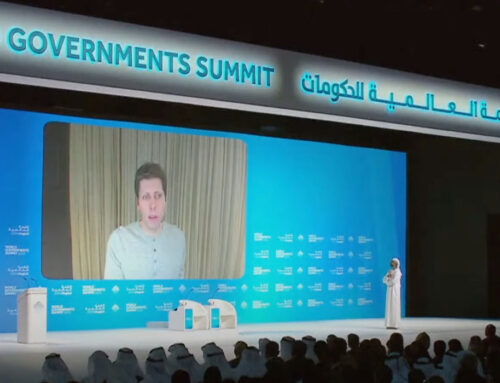Vodafone’s claims in its recent attempt to convince regulators of the transformational potential of their proposed merger with Three that it would result in a concerted push towards 5G, but the reality, as viewed from a regulatory standpoint, may not be as straightforward as the optimistic surveys and economic models from the protagonists suggest.
This is the view of Professor H Sama Nwana, founding partner of Cenerva and a former Ofcom Group Director. Prof Nwana, who has supported global tech giants such as Google and Facebook, has some pedigree on this subject – he oversaw the UK 4G auction of 2013.
In analysing the proposed merger, Prof Nwana first points to Ofcom’s historical predilection for a four-player spectrum-holding MNO (Mobile Network Operator) retail market, with Telefonica, Hutchinson Three, Vodafone, and EE maintaining a delicate equilibrium which drives competition, low prices, and innovation. The proposed merger, reducing the field to three, would undoubtedly shake this status quo and balance that Ofcom has built and maintained for well over a decade, causing what Nwana refers to as “significant indigestion” for the regulator Ofcom, if not the CMA too.
The impact of this merger, he explains, goes beyond the headline promises, delving into the heart of competition and consumer benefits. “Most telecom mergers promise much but deliver less,” Nwana observes. This raises the question, would this consolidation genuinely benefit consumers, or is it merely a corporate reshuffling under the banner of 5G innovation?
Regulatory scepticism, Nwana suggests, would likely be Ofcom’s initial reaction, given the watchdog’s close engagement with the sector and its implications. The Competition and Markets Authority (CMA), a horizontal regulator with less continuous sector involvement, might have a different perspective. Due to Brexit, this decision is an entirely UK one.
The approval of the merger would demand a substantial shift in Ofcom’s approach to the UK retail MNO marketplace. This would also ripple into the wholesale market, necessitating a broad reconsideration of fundamental competitive positions, including with MVNOs. Additionally, the network partnerships that Vodafone and Three are currently a part of would also need to be considered, adding yet another layer of complexity.
Spectrum presents an additional hurdle. If Vodafone and Three merge, the combined entity would possess over 45 per cent of the UK’s sub-6-GHz mobile spectrum, far surpassing EE, the current single-largest spectrum holder. Nwana highlights how such issues are central to realising the promise of 5G technology, making it crucial for the proposed merger to address this imbalance.
In conclusion, the proposed Vodafone-Three merger, while promising transformative 5G benefits, sits at the heart of a challenging regulatory labyrinth. It is yet another testament to the fact that navigating the telecom landscape, as Prof Nwana puts it, is rarely an easy task.
International 5G News Service
Keep up to date with the latest news from around the world relating to 5G developments. Get it delivered directly to your inbox by subscribing to our email service.





